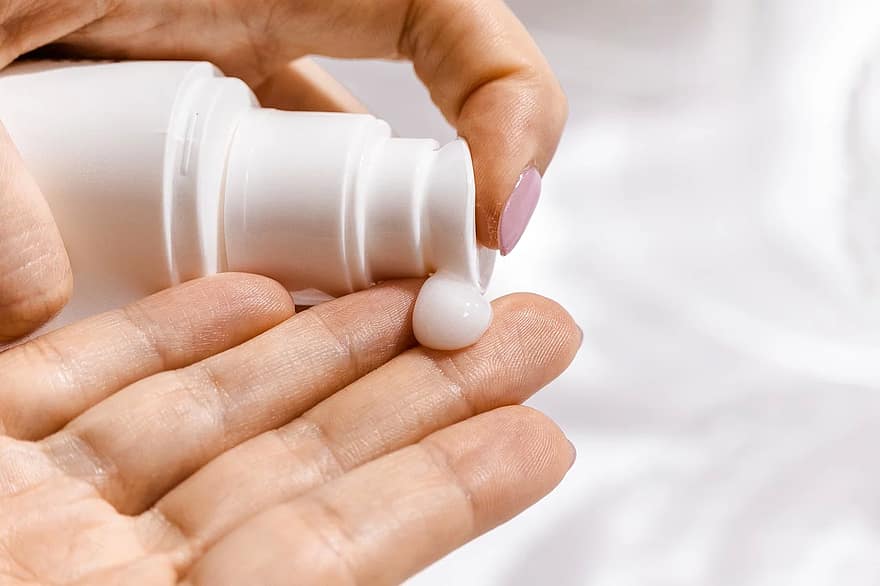GENISTEIN AND DAIDZEIN
Genistein (CAS number: 446-72-0) and Daidzein (CAS number: 486-66-8) are isoflavones, which are phenolic compounds classified as phytoestrogen. Phytoestrogens are plant-derived compounds structurally similar to 17β-estradiol (steroid hormone produced primarily by the ovaries during reproductive lifespan). Isoflavones can be naturally found in legumes (soybeans, chickpeas, fava beans), in fruits and nuts (e.g., peanuts).
In cosmetics and personal care products, Genistein and Daidzein are used as skin conditioning agents. Both ingredients are usually used in leave-on formulations. Genistein and Daidzein are not currently included in the annexes of the European Cosmetics Regulation (No. 1223/2009), which means that their use is not restricted in cosmetic products placed in the European Union (EU).
In early 2019, a priority list of 28 potential endocrine disruptors (not already covered by the bans of cosmetic regulation) was established by the Commission. From these 28 substances, 14 were considered as higher priority (Group A) and the other 14 were included in the low priority group (Group B). The public call for data for the considered higher priority substances was carried out in 2019. Genistein and Daidzein were included in the mentioned group for which the call of data took place. (see previous post)
During the call for data, stakeholders submitted scientific evidence to demonstrate the safety of Genistein and Daidzein in cosmetic products. The European Commission asked the Scientific Committee on Consumer Safety (SCCS) to carry out a safety assessment on these two substances considering the information provided.
NEW SCCS PRELIMINARY OPINION
This month, the SCCS has published its preliminary opinion on the use of Genistein and Daidzein in cosmetic products.
Considering the potential endocrine disrupting properties of phytoestrogens and the relevant data available, the SCCS concluded that the use of Genistein in cosmetic products up to a maximum concentration of 0.007% is safe. However, the SCCS was not able to carry out risk assessment to concluded on the safety of the use of Daidzein in cosmetic product, as the currently available information is not sufficient to exclude the potential genotoxic effects of this ingredient.
The SCCS preliminary opinion is open for comments until 14 March 2022.
If you wish to get more information on the safety of cosmetic ingredients, feel free to contact us at info@criticalcatalyst.com.
References:
- Regulation (EC) No 1223/2009 of the European Parliament and of the Council of 30 November 2009 on cosmetic products.
- Scientific Committee on Consumer Safety (SCCS). Opinion on Genistein and Daidzein. SCCS/1641/22. 2022.















